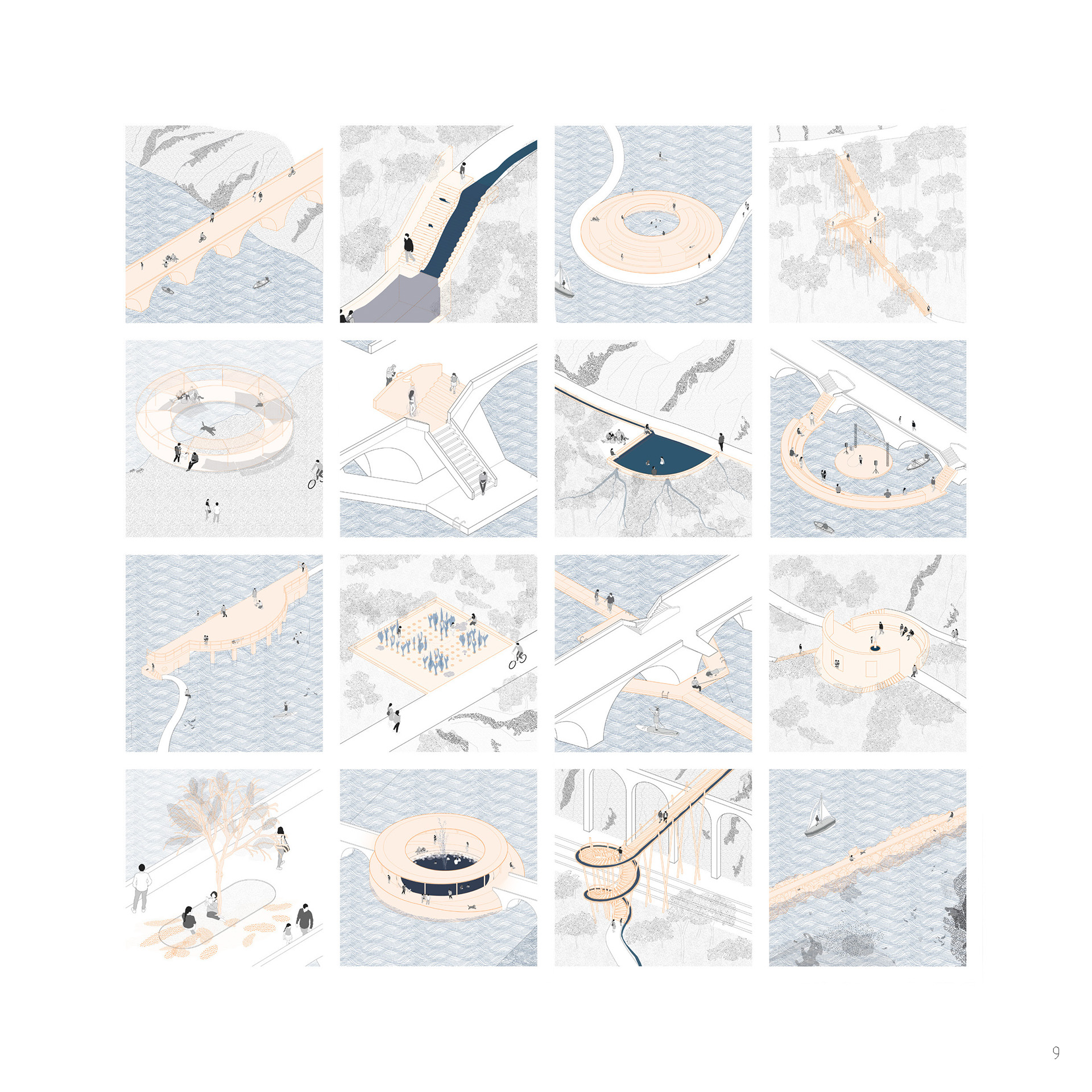History of Architecture and Urban Planning
The Urban Archipelago studio rethinks the role of water as a foundation for the design of water-aware architectures and spaces. It explores the spatial, social and cultural aspects of water embedded in infrastructures and buildings, in institutions and policies, in drawings, music, or writing. Water is essential to human and non-human life through time and space. Architecture and urban design have a key role in bringing back water awareness and in developing future scenarios for living with water.

Focus and approach
Urban Archipelago emphasizes a systemic approach to water that links multiple scales and engages with contemporary challenges of climate change related water crises. The studio prompts students from Architecture, Urbanism and Landscape Architecture to develop strategies that integrate architectural objects into urban systems, and landscapes. In the course, we propose a comprehensive toolkit, including mapping (and counter-mapping), archival research, and vertical or sectional thinking. Students are urged to critically assess, test, challenge, advance or propose alternative tools that could enhance knowledge production about the sites and territories they engage with. As output, students produce future scenarios, visions, and models.

Programme
MSc2 studio ‘The Urban Archipelago’
Offered in Q4 of the spring semester, the Urban Archipelago studio is delivered over two days a week for 10 weeks. The program includes modules with objectives focused on skill development and knowledge acquisition. Guest speakers, scholars, experts and artists contribute through lectures and workshops. The studio experience is enriched by an excursion to the case city(ies).
Staff
Carola Hein, Rachel Lee, John Hanna and Paolo de Martino.
Additional information
For detailed course descriptions, please visit the study guide:
MSc 2* (only in spring semester)
* The MSc2 semester of the Architecture track consists of a 5 EC compulsory course and 10 EC of track-specific Architecture electives in the third quarter, followed by a 15 EC (intra)disciplinary elective in the fourth quarter, which can be an intensive architectural research and design project or an intradisciplinary elective in which you are challenged to work together with students from other tracks on overarching themes.